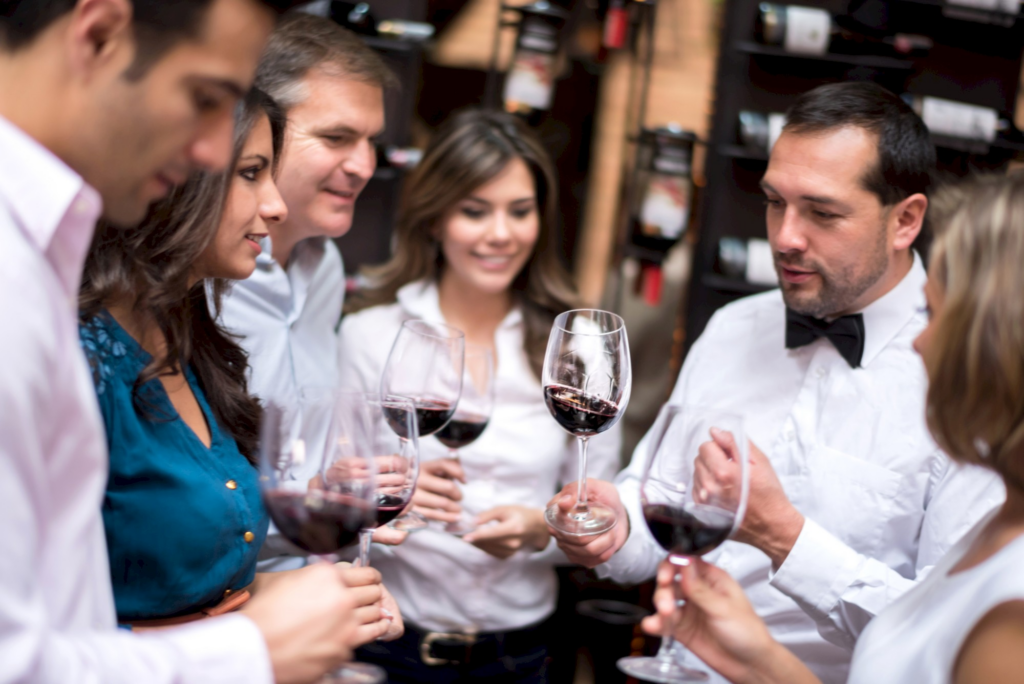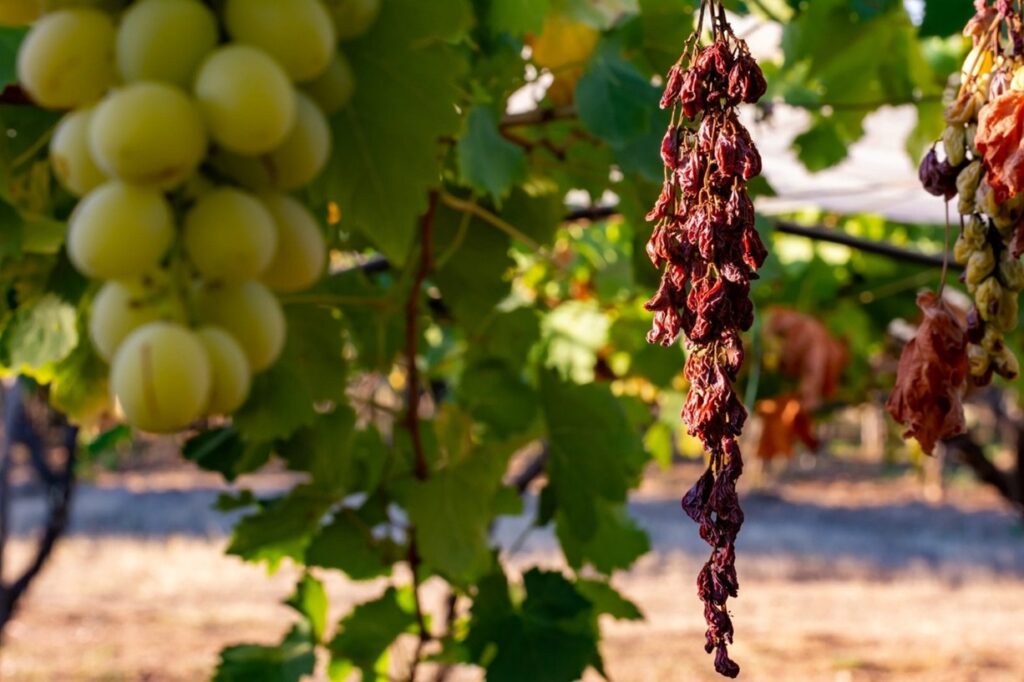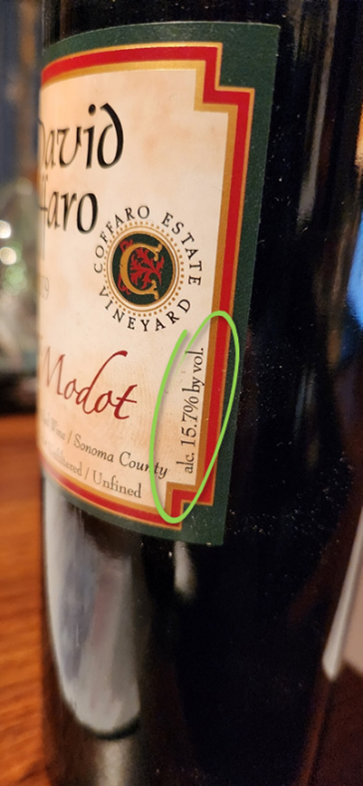Wine tasting these days in California, at least in Sonoma County and Napa Valley, almost always consists of sitting at a table, with a server coming by to pour wines on a preset list. Depending on the winery, it can feel like an elegant way to taste or an arduous process of tasting what the winery wants you to taste versus what you want. Also, almost all of the wineries say that you must make a reservation and that tastings will last 90 minutes. That can be rather limiting if you want to make a day of sipping (not drinking) fine wines.
There are some tips to regain control of our wine tasting experiences.
- Reservations may matter. Yes, there are some places that are serious about the reservation policy. For the most part, these are wineries that make very high-end (i.e., expensive) wines and often entail a tour as well as a tasting. Do a little homework in advance if you’d like to try one of these. A rough rule in this regard is that the ones where you must be on the list to be admitted will say “By appointment only” rather than specifying reservations. Ramey in Healdsburg is one of these.
- For the rest, reservations don’t matter. We have pulled into wineries with signs outside saying “Only by reservation”, to find an empty room with a bored employee waiting for customers. There are even signs popping up these days saying, “Walk-ins Welcome”. We think that the restrictive policies were meant to manage labor cost of servers but have resulted in keeping visitors away. Maybe a phone call while you’re on the way would be polite; still, if there’s a winery you want to explore, just go in. The worst that can happen is you’ll just get back in the car.
- In-town tastings are more likely to be open. These too are likely to be sit-down affairs, but so many rely on walk-ins that there is rarely a need to reserve in advance. Most of these are relatively unknown, so the curiosity of passers-by is their marketing strategy. There are also some well-known labels in the towns. For example, if you walk around Healdsburg, you might encounter Hartford Family or Siduri, which have significant reputations. But there are also some relative unknowns, such as Lurton, which also serve pretty fine wine.
- You don’t have to follow the list. If you see that there are wines offered on the tasting list that you are uninterested in, skip them. If, for example, you only want to sip red wines, say so. In that case, you’re likely to get not only the listed wines but a selection of others that they make. And if you’re only interested in a varietal, you may go through their entire inventory of that grape.
- Hurry the server along. In some cases, they want to leave you to yourself. In others they want to chat. If your interest is tasting and then moving along, keep the server filling your glasses. Of course, if you prefer solitude or conversation, ignore this tip.
- Ask for all the wines to be served at once. This not only shortens the interaction with the server, it also gives you a chance to compare wines side-by-side. Also, it’s pretty to see so many glasses of wine in front of you.










